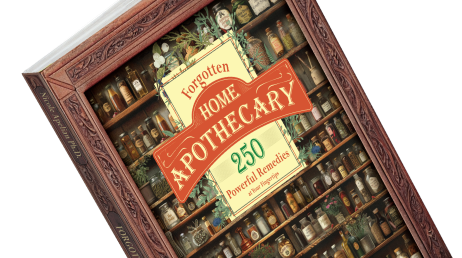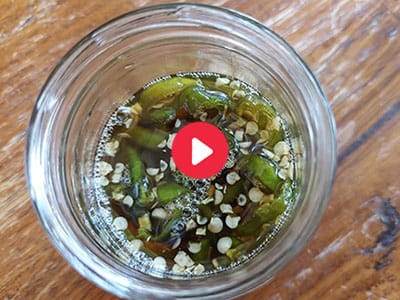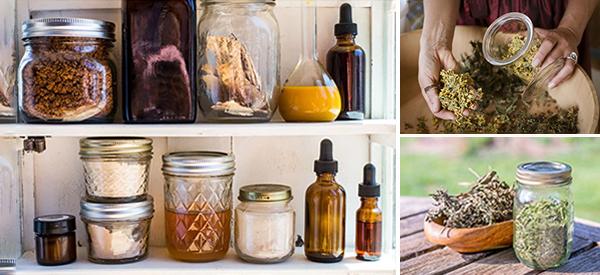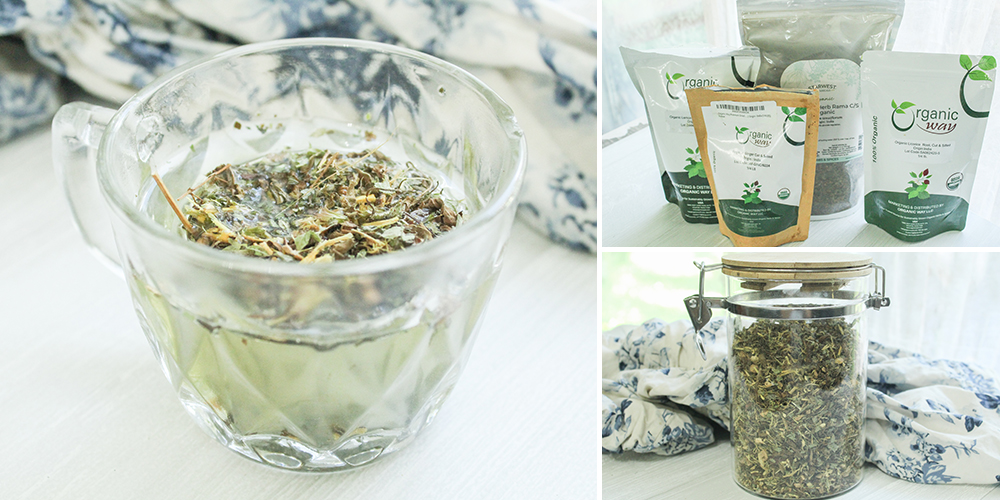
Plants That Fight 50+ Virus Strains
When it comes to fighting viruses, most people consider over-the-counter medications their first line of defense. But, before pharmaceuticals, there were herbs and plenty of them!
Various cultures used simple herbs to fight infection, boost respiratory strength, and increase immunity. And, these basic remedies worked. In today’s culture, people are less likely to turn to herbs, but science proves there are plants that fight 50+ virus strains.
In this post, we’ll dive into a few of the most antiviral herbs that fight viruses naturally. You’ll learn the science behind these plants and how to incorporate them into your wellness regimen.
We’re even giving you the recipe for our favorite Viral Defense Tea Blend, which will help you stay ahead of the game during cold and flu season. Grab your thinking cap, it’s time to explore a few plants that deserve a permanent spot in your tool kit.
10 Plants that Fight 50+ Virus Strains
Countless herbs have been studied for their ability to fight off viruses and support the immune system. Below are 10 amazing plants with centuries of medicinal use. The testimonies in prominent herbal books speak for themselves! Each herb brings something unique to the table, making them a valuable addition to your home apothecary.
Echinacea
Echinacea is a popular herb during cold months, when viruses run rampant. This potent herb works to boost white blood cells, which fight infections. In fact, some studies show that echinacea supplements work in a similar manner as TheraFlu, with none of the rough side effects. Echinacea is often taken in tincture form, but you can dry the leaves and create a tea.
Elderberry
Elderberries contain antiviral compounds that are particularly effective against upper respiratory viruses. One recent study showed that patients who took elderberry extract had a shorter duration of viral infection, making it an excellent all-natural treatment for viruses.
It’s no wonder most herbalists keep a jar of elderberry syrup on hand! Foraging elderberries sounds simple… until you realize most grow right under pesticide sprays, roadside exhaust, or in soil heavy with chemicals.
The very remedy you’re counting on could be laced with toxins. I didn’t want to take that risk with my family. So when flu season hit, I turned to a tincture made by the most trusted herbalist I know.
Potent, pure, and safe, and for the last two winters, it’s the only reason we stayed untouched by the waves of illness around us. It’s Nicole’s Elderberry Tincture. And once you try it, you’ll understand why I’ll never go back to picking berries on my own.
Lemon Balm
This fragrant herb is effective against herpes simplex viruses, reducing the effects of viral infections by 60%! It’s also great at calming the nervous system, allowing your body to heal faster. Lemon balm is wonderful infused into a balm for cold sores, but you can add it to tea, lemon dip, and more.
A tea gives you a trace. A few leaves give you almost nothing. Only a tincture extracts the full medicine of lemon balm and delivers it straight into your body — fast and strong. That’s why this Lemon Balm Tincture works where weaker preparations fall short
. The same plant that science shows can calm nerves, fight viral flare-ups, soothe cold sores, and protect your gut becomes far more powerful in its most potent form.
Licorice Root
Among the top antiviral herbs, licorice root contains glycyrrhizin, which protects cells from influenza A. It’s also anti-inflammatory, helping your body fight sickness and boost immunity.
Oregano
This herb is good for so much more than Italian dishes. Oregano is antiviral, antimicrobial, and antifungal, making it a total catchall. You can utilize the herb itself or add oregano essential oil to your arsenal for more versatility.
Garlic
Many underestimate this common kitchen ingredient. Garlic works against viruses by blocking entry into the body. It’s effective against influenza B, HIV, Coxsackie, and even stomach viruses.
You can add extra to your favorite savory meals or create a jar of garlic-infused honey.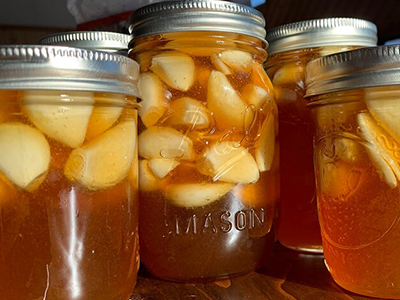 What really happens when you drown garlic cloves in raw honey?
What really happens when you drown garlic cloves in raw honey?
At first, nothing seems different. But day by day, the jar transforms — the garlic softens, the honey thins, the compounds merge into something far more powerful than either ingredient alone.
It’s not just food anymore. It’s an immune weapon that blocks viruses before they enter your body. Once you try this simple jar trick, you’ll never look at garlic and honey the same way again.
Astragalus
A common remedy in Chinese medicine, astragalus strengthens the immune system by increasing white blood cell count. It also displays anti-influenza activity and inhibits the replication of viruses, giving your body what it needs to stay well.
Cat’s Claw
Studies are limited, but show that cat’s claw has great promise in treating viral infections. One study used cat’s claw to treat chikungunya, a common virus in Brazil, with tremendous success. We have a lot to learn about cat’s claw, but it’s worth a shot!
Mullein
Mullein is commonly used to treat respiratory illnesses and is often infused into a chest balm. Aside from that, mullein is effective against herpes virus strains, viruses carried by mosquitoes, and even stomach ailments.
Few things feel scarier than gasping for air through clogged lungs. People have used mullein in chest balms and teas for centuries, but the fastest relief I’ve ever found comes from steam inhalation.
Here’s how: boil a bowl of water, put a towel over your head, and add a few drops of this tincture. As you breathe in the vapor, your airways open, the mucus loosens, and within a minute you feel like you can finally breathe again.
This Bronchial Blend Tincture combines mullein with other lung-proven plants, double-extracted for maximum potency. It’s the one remedy I trust to clear my lungs fast, whenever congestion threatens to shut me down. 
Ginger
Zesty and sweet, ginger is particularly potent against HRSV. Ginger also warms the body, increasing circulation and kicking detox into high gear. It’s best to use fresh ginger root; however, you can experience benefits from dried or powdered variations.
One wrong leaf, one wrong berry, one wrong season, and the “remedy” you thought would heal could poison you instead. Foraging isn’t guesswork; every plant has a right part to use, and a right moment to harvest. Miss it, and the medicine is gone.
If you want clear pictures, harvesting cues, and step-by-step recipes for each plant, you’ll find them all 👉 here.
How to Make a Viral Defense Tea Blend
This Viral Defense Tea Blend will give your body an extra layer of protection when you need it most. It’s great for flu season, to sip on during travels, or when there’s something going around.
Instead of turning to gross-tasting, fizzy tablets, you can boost immunity with the power of time-tested and effective herbs. This tea blend is so easy to make, and you can make a large batch at a time to save money.
It includes components like holy basil, lemon balm, and ginger that work to fight viruses and soothe inflammation. Making your own tea blends means you have more control over the ingredients and are less likely to ingest fillers or low-quality herbs. Ingredients:
- 1 cup dried holy basil (tulsi)
- 1 cup dried lemon balm (for the most potent version, just add 5–10 drops of this Lemon Balm Tincture)
- 1 cup dried licorice root
- ½ cup dried ginger root
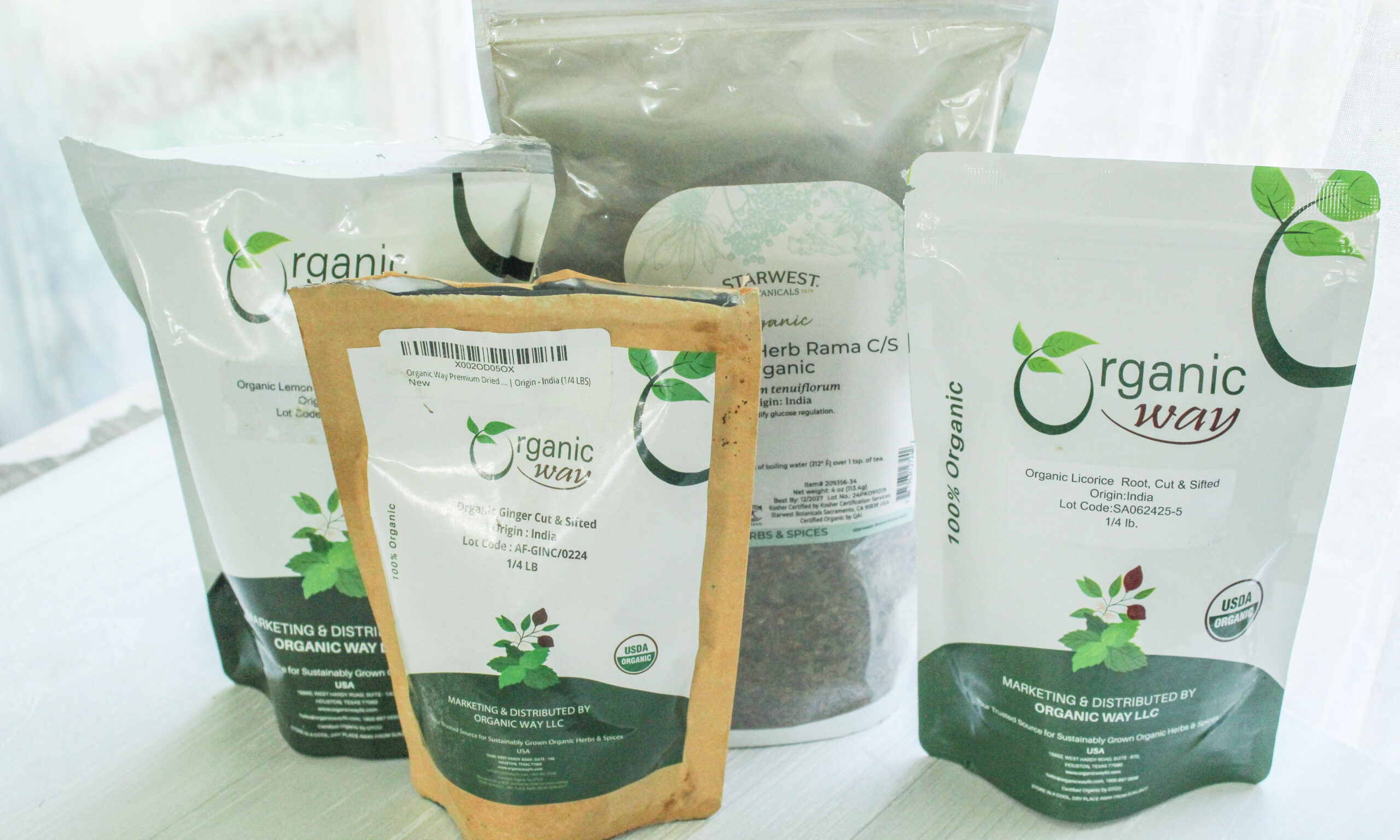 Step One: In a large bowl, mix all the herbs. Be gentle so your herbs stay in one piece.
Step One: In a large bowl, mix all the herbs. Be gentle so your herbs stay in one piece.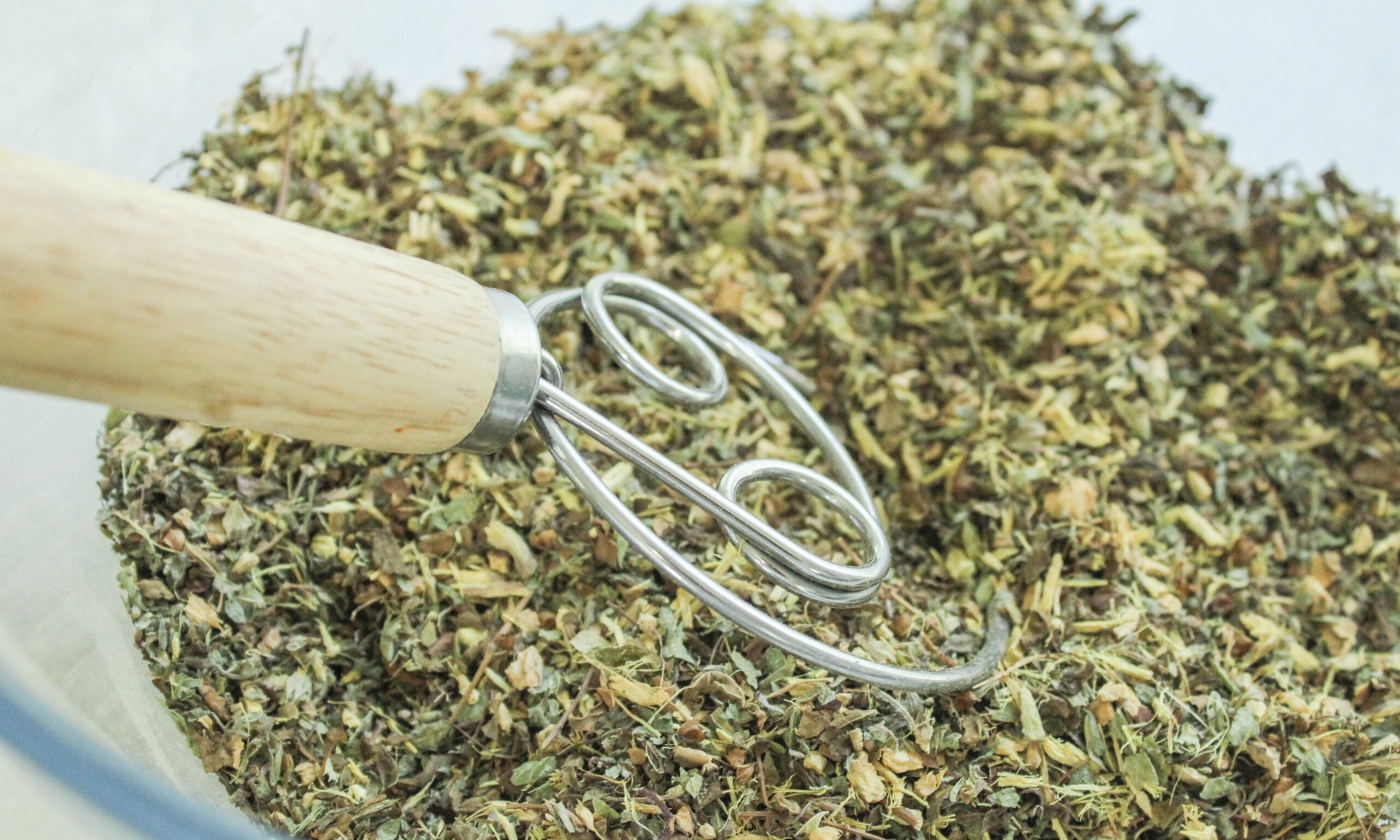 Step Two: Transfer to an airtight glass jar until ready to use.
Step Two: Transfer to an airtight glass jar until ready to use.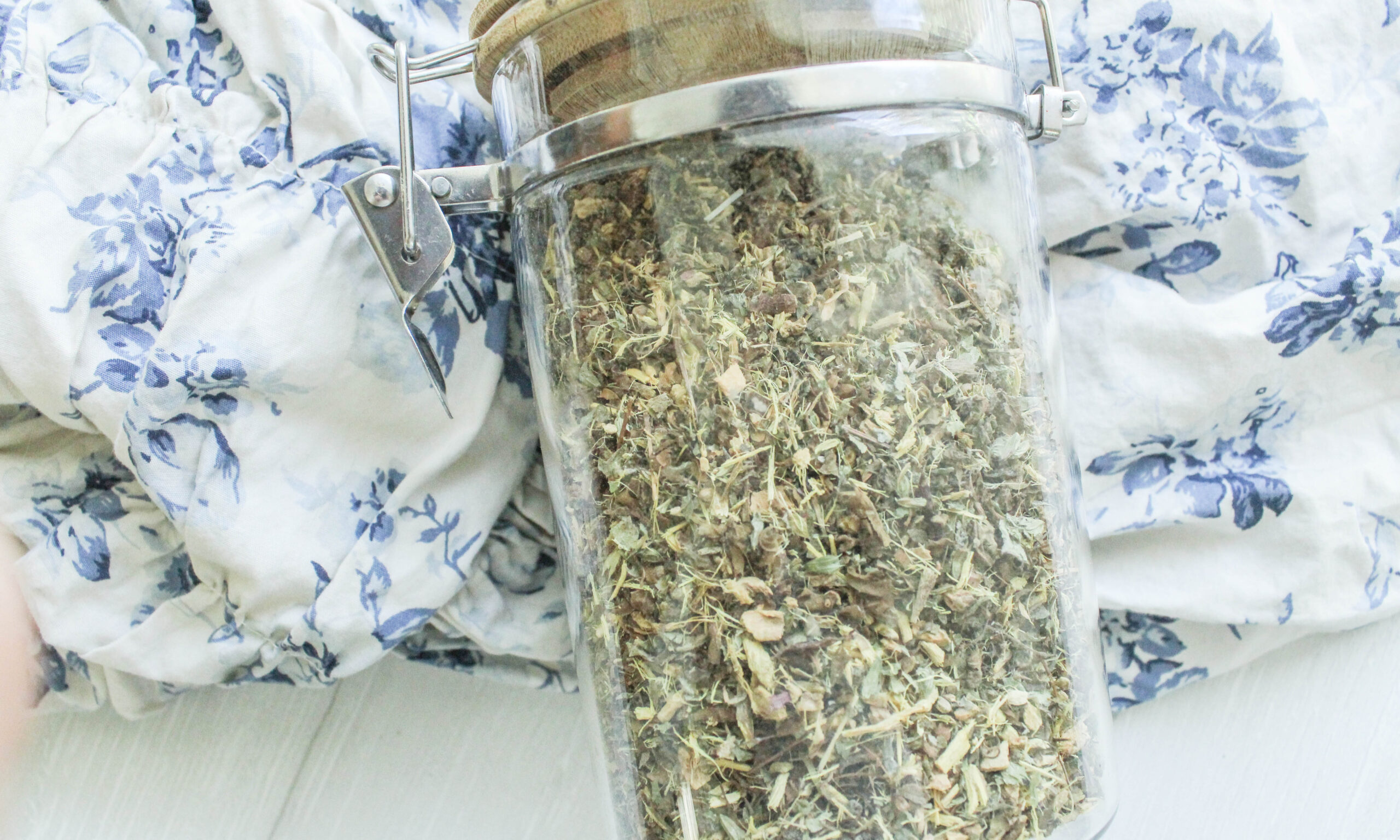 How to Use This Remedy To make a soothing cup of this Viral Defense Tea Blend, steep 1-2 teaspoons (depending on how strong you like your tea) in 8 ounces of boiling water for 15 minutes. Strain, discard the herbs, and enjoy!
How to Use This Remedy To make a soothing cup of this Viral Defense Tea Blend, steep 1-2 teaspoons (depending on how strong you like your tea) in 8 ounces of boiling water for 15 minutes. Strain, discard the herbs, and enjoy!
Add a squeeze of lemon or honey for extra germ-fighting benefits. As is, this remedy is safe for both children and teens looking to boost their immune system. It’s gentle enough that you can use it every day.
Some may choose a cup of this tea as a caffeine-free alternative to their usual morning coffee. If serving to children, use just ½ teaspoon of Viral Defense Tea Blend and avoid adding honey for children under 1.
Keep your dried herbal tea blend in an airtight jar stored away from heat. Your pantry is the perfect place for this tea! When properly stored, this tea blend will last 6-12 months. Be sure to label it with the date you made it for easy reference.
If your tea blend exhibits signs of mold, major discoloration, or rancid smells, discard it immediately. 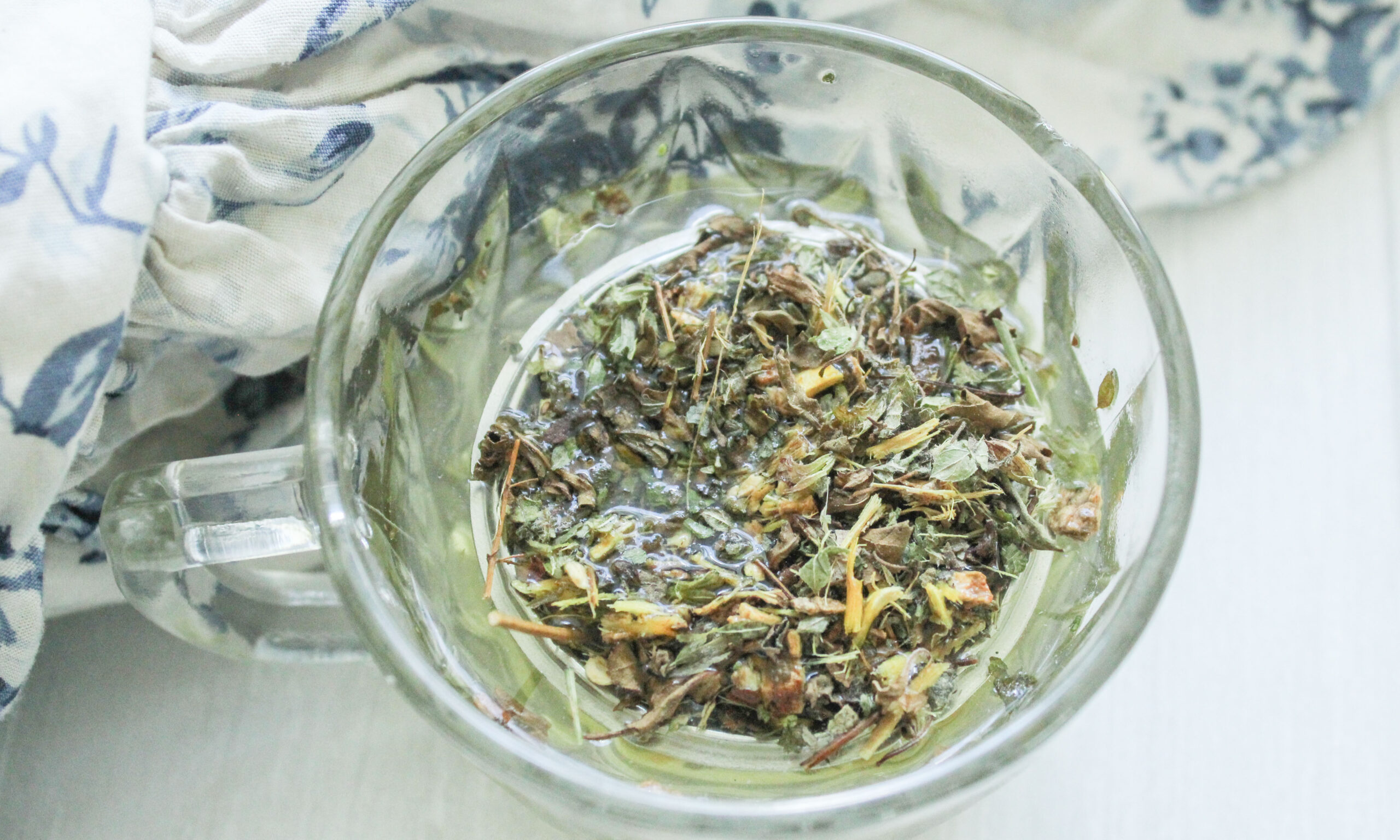
💊 When pharmacies shut their doors, what’s your plan B?
Every crisis proves the same thing: the shelves empty first, the pills vanish, and families are left defenseless. That’s the dark truth Big Pharma doesn’t want you to think about — because as long as you depend on them, you’ll keep paying.
But there was a time when people weren’t helpless. Our grandparents knew how to treat infections with simple pantry ingredients, ease joint pain with wild plants, and quiet a fever with homemade compresses. That knowledge is almost gone… almost.
That’s why The Forgotten Home Apothecary exists. Inside, you’ll find over 250 remedies, each explained step by step with photos, dosages, and recipes you can make in minutes. The remedies are neatly organized on “apothecary shelves,” so when you need to stop a migraine, soothe your gut, fight an infection, or clear your lungs, you can flip straight to the cure.
This isn’t just about saving money — though you will. It’s about never watching your loved ones suffer because the system failed you. ⚠️ Only a limited number of copies were printed. Once they’re gone, there’s no guarantee more will follow.
👉 Find out how to build your own crisis-proof apothecary here.

